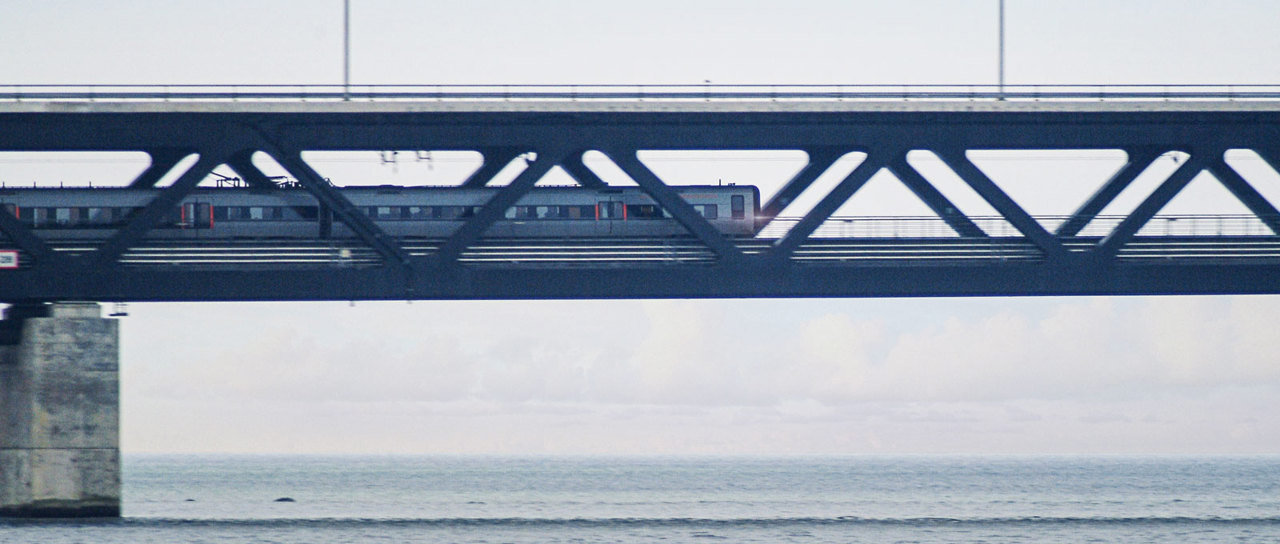Shelters, cabinets, enclosures, vaults and towers along the railroad track house crucial equipment for safe electrification, signaling and communication. Historically, it has been hard to protect these systems from water ingress, dust and rodents. Fortunately, there is a new way of sealing cable penetrations in rail engineering.
Given the extensive ongoing investments in rail infrastructure, it is of utmost importance to develop, adopt and design in new ways of sealing shelters, rail control cabinets and enclosures. It is not surprising that modern, well-proven technologies are finally taking over the scene. Owners want to secure and protect expensive equipment and sophisticated systems in line with the highest safety standards, and as trusted partners, cabinet and enclosure manufacturers are committed to meeting the requirements. At the same time, the seals must be cost-efficient and easy to use.
Sustainable sealing solutions
The railway industry is now specifying engineered types of cable and pipe entry sealing solutions, typically mechanical transits, as a new standard. This kind of sealing solution provides firm cable retention and certified protection against multiple risk factors. It also enables long-term cost-efficiency by adapting to cables and pipes of different sizes allowing for built-in spare capacity for future upgrades.
Leading sealing suppliers know that rail owners and cabinet manufacturers strive together to ensure safe and continuous operations and to avoid damage or downtime. As industry consultants, they offer full design services and support.
More efficient than cable glands
Using seals that allow routing of many pre-terminated cables through each opening is both area efficient and time saving. Especially when you compare to traditional cable glands requiring a lot of space and one hole for each cable – as well as a new opening for every additional cable. It is important to remember that each opening in a shelter or cabinet is a potential leak path.
World-leading organizations and companies within sustainable, high-tech rail engineering, railway station development and rail systems and equipment have understood that this type of sealing solution provides best practice for efficient protection against water, humidity and vibration.
Is it time for you to rethink your rail control cabinet seals?




